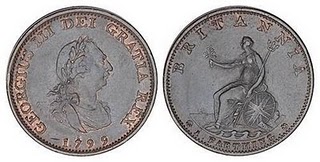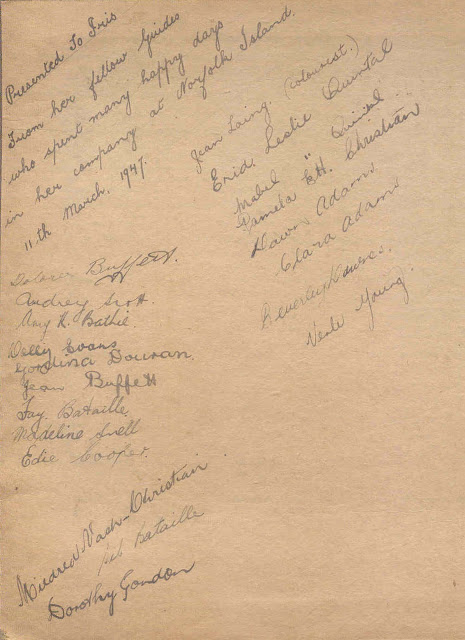What a fabulous night at the Christmas Pageant this week. Our very own Queen, Miss Artefact, had been pulled out of a back cupboard, dusted off and made an entrant in the Beauty Contest. While perhaps not a real beauty she was certainly full of character and scared a large number of small children! Our great thanks to Louci Reynolds for being such a sport, dressing up and becoming the part - and helping to raise funds for Hettae Uklan. Thanks also to our driver, the impeccably dressed Peter Davidson, and to Peter Guile for initially so enthusiastically embracing the contest. Also to Sue Brian for whipping up the dress and making our costume ideas become reality. Louci’s ‘beautiful’ make-up was due to the talented Beach and Rachael – thanks yorlye!
Christmas Presents from the REO Café and Bookshop
If you’re stuck for the perfect presents for your family and friends, then come on down to the REO Café and Bookshop and give the lasting gift of a book. We have some great titles in stock at present so you’ll have no problem finding the perfect gift. Here are some choices:
After the Bounty, a sailor’s account of the mutiny and life in the South Seas, by James Morrison, Royal Navy. This is an account of the mutiny by James Morrison, the boatswain’s mate and one of the mutineers. He places much blame for the mutiny on Bligh’s irascible personality and style of command. Morrison chose to stay behind in Tahiti when Christian and the other’s sailed for Pitcairn and was then captured when the Pandora came searching for the mutineers. He was imprisoned in the horrific “Pandora’s Box” and just survived the Pandora’s wrecking. Morrison is a born story teller and this hard-cover book would be welcomed in many Christmas stockings. $30.00
An Uneasy Relationship, Norfolk Island and the Commonwealth of Australia, by Maev O’Collins. This is a book that should be read by everyone today on Norfolk Island given the governance changes we are undergoing. Maeve’s book is essentially a study of the relationships between governors, politicians, public servants and the community leaders during the years that followed the take-over of Norfolk Island by the Commonwealth in 1914. Many of the issues raised in those early years after federation have a striking immediacy and relevance. $15.00
Pitcairn Tapa ‘Ahu no Hitiaurevareva, by Pauline Reynolds. This beautiful book should be in the stockings of all Norfolk Island kids. It tells the forgotten story of the women of the Bounty through the only surviving examples of tapa cloth they made and brought with them to Pitcairn Island. These pieces are the only existing material evidence that we have of these courageous women. $25.00
Maconochie’s Experiment, How one man’s extraordinary vision saved transported convicts from degradation and despair, by John Clay. A man way before his time, Alexander Maconochie’s term as Commandant on Norfolk Island must have been a most welcome reprieve for the convict’s living in this prison of ‘ultimate terror’. For three years he carried out his reformist ideas that included introducing a ‘mark’ system whereby prisoners could reduce their sentences by good behaviour and hard work. The British authorities only saw him as ‘soft’ and had him replaced by a series of ruthless disciplinarians. We only have a limited number of this wonderful hard cover book. $29.00






















